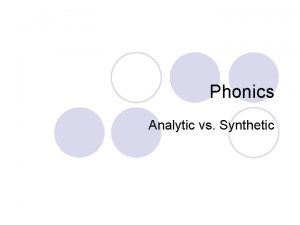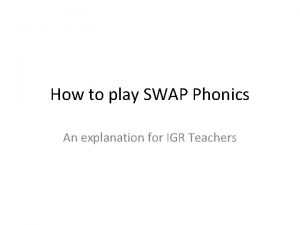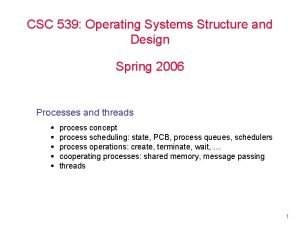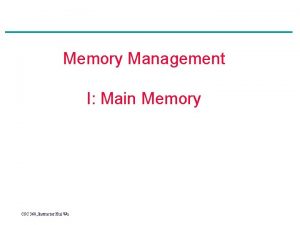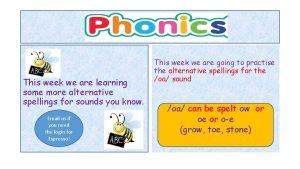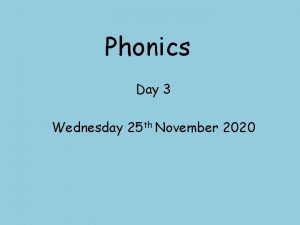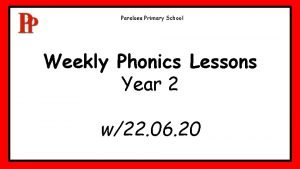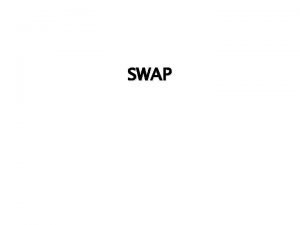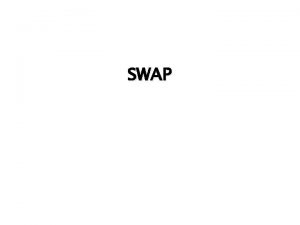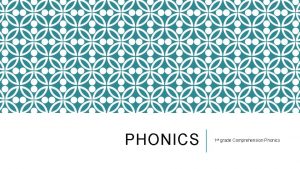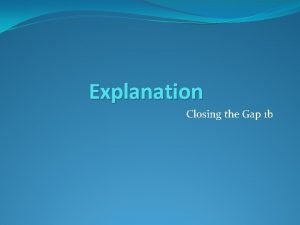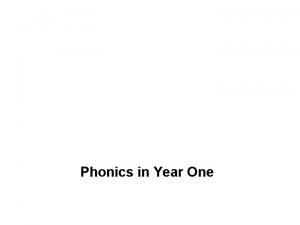How to play SWAP Phonics An explanation for







- Slides: 7

How to play SWAP Phonics An explanation for IGR Teachers


Choose the game your children need • SWAP is the final game in the IGR lesson. It is important to make sure that it is well-matched with the level of the book just read and with the children’s current learning threshold (but without going further) • Use the time spent giving out the cards to check the children’s recall of the story – keep this light-touch • Each player begins with 7 cards (including one SWAP card – you can organise this nicely) Otherwise, make sure the cards are well-shuffled

Playing the Game • The aim of SWAP is to be the first player to get rid of all your cards (in this game, the children can lay their cards out in front of them – get them sorting them into sets before play begins) • Once 7 cards each have been dealt, place the remaining cards upsidedown in the middle of the table (again, make sure that everyone has a ‘SWAP’ card) • When everyone is ready, turn over the top card and lay it beside the pile so that the ‘lead’ card is determined by chance in this way

Following Suit Then it’s a case of taking turns, the rules being: (1) If the first player has a card of the same colour (phonic pattern) as the lead card, they have to ‘play it and say it’, placing it on top of the upturned card (2) The next player has to follow suit if they can, ‘playing it and saying it’, and then placing their card on top of the last upturned card in the same way

‘Play it and Say it’ • Every time a card is played, the player has to read out the word. This is a diagnostic opportunity to notice whether the child has to sound it through grapheme by grapheme, or can read it straightaway without having to do this • When players can’t follow suit they can either take the top (hidden) card from the pile, or use their SWAP card to change the phonic/colour pattern • Make sure that when children change the phonic pattern they are allowed to play a card straight away

Ending the Game • The game usually ends when one player has used all of his/her cards • If time is short and the game can’t be completed, the player with the least number of cards remaining can be declared the winner
